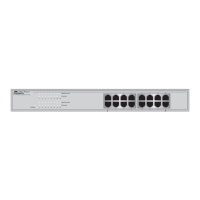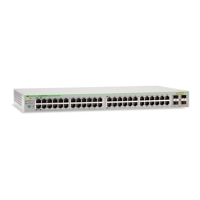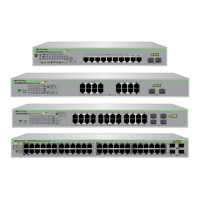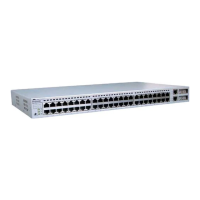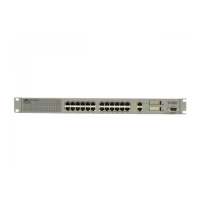AT-GS900M Series CLI Reference
Section I: Getting Started 31
Keyboard Shortcuts for Command Line Interface
The useful keyboard shortcuts are listed in Table 1.
Table 1. Basic Command Line Commands
Keyboard Shortcut Description
Ctrl + a Moves the cursor to the beginning of the line.
Ctrl + b or ← Moves the cursor one character to the left.
Ctrl + c Stops executing the command and returns to the
command prompt.
Ctrl + d Deletes the selected character or logout if no
character is selected.
Ctrl + e Moves the cursor to the end of the line.
Ctrl + f or → Moves the cursor one character to the left.
Ctrl + h or backspace Deletes a character left to the cursor.
Ctrl + i or tab Performs one of the following:
Enter the shortcut with no character: the
first words of the available commands are
listed.
Enter the shortcut with a partial command: it
expands the command.
Enter the shortcut with a command:
available keywords for the command are
displayed.
Ctrl + k Deletes all characters from the cursor to the end of
the line.
Ctrl + n or ↓ Displays the next line in the command history.
Ctrl + p or ↑ Displays the previous line in the command history.
Ctrl + u Deletes all characters at the command line.
Delete Deletes highlighted characters.

